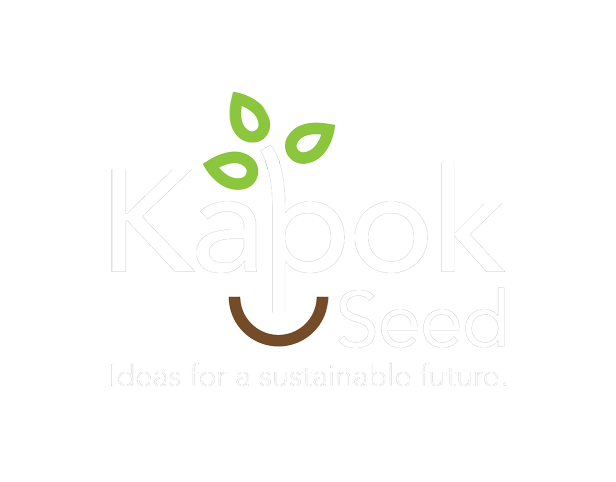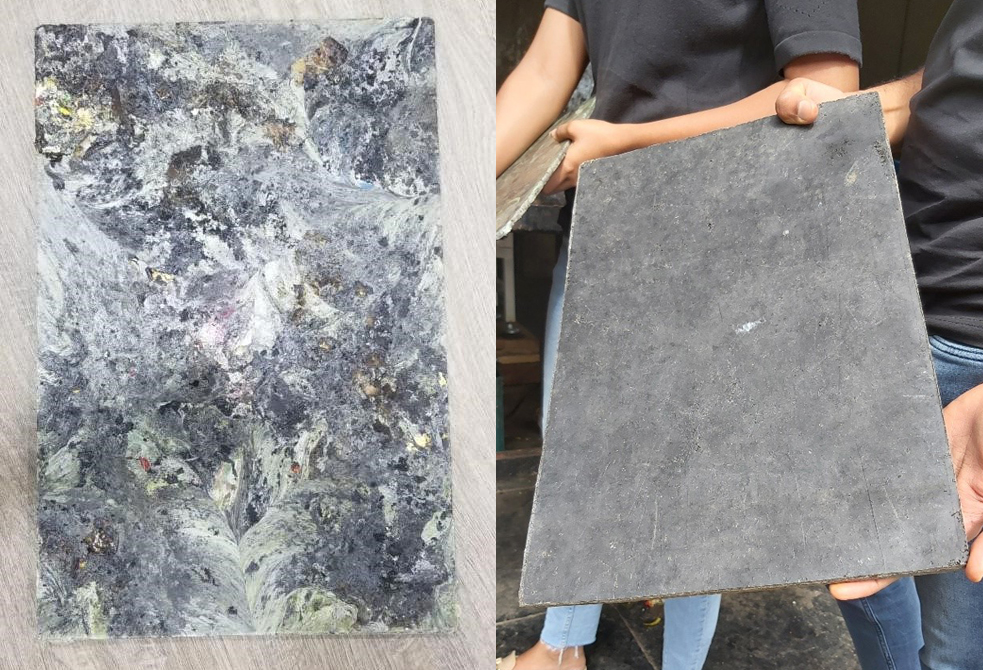What do you get when you combine a city filled with unsegregated waste and a passionate 23-year old wanting to make a difference? An idea is born. A seed for invention.
Trashing all cynicism around sustainable waste management, Nivedha R M and her team conceptualized and designed a waste management system that addresses today’s problems in the fastest way possible.
In this age of bots, we would like to welcome a new kind of bot that has the potential to address a pressing problem in most cities across the world and particularly in India. Trashbot, a product of Trashcon, takes in unsegregated waste and separates it into degradable waste (that can be composted) and non-degradable waste (that can be recycled).
Unsegregated Household Waste
To set the context, let us look at some facts. According to the World Bank, the world generates about 2.01 billion tons of waste per year and this is expected to grow to about 3.40 billion tons per year by 2050.[1] In South Asia, one of the three fastest growing regions, waste generation is expected to double by 2050.
Specifically, India generates about 62 million tons of waste (containing recyclable, organic and rejects) as per the Press Information Bureau (2016). Less than 60% of this waste gets collected and only 15% gets treated. A large amount of waste gets dumped in open spaces, predominantly located in low income areas.
Segregation at source (household level) is the “most prescribed” system to effectively process the different constituents of domestic waste. In many places, the government and civic societies have been
trying to ensure citizen’s compliance to adopt the practice of segregated waste disposal. However, to demand full compliance is often impractical, as in the case of public places, and quite demanding as in the case of low-income households with challenging living conditions.
While this undoubtedly is a problem that needs to be addressed at the policy and institutional level, there is a need for a solution that works on the ground to handle the current issue of mixed waste ending up in open dumps and landfills. The Trashbot®, designed by a 2-member team comprising of a chemical engineer and an electronics engineer cum chartered accountant, is an innovative engineering solution that has arrived right in time.
How does it work?
The Trashbot® takes in mixed waste. This includes kitchen waste, paper, plastic and rejects. A major part of the kitchen waste includes packages of cooked food; thanks to the popularity of food deliver apps (see our news item). The Trashbot® achieves segregation by utilizing the principle of varying moisture content (and hence weight) of organic waste vs that of the rest.
The first stage of the machine separates the metal content (batteries, certain kinds of e-waste, metal cans etc.) with the help of metal sensors. These are collected and sent for recycling. It is in the next stage of the bot that the main challenge of segregation is addressed.
As per the engineers, a key observation that led to the solution is that degradable waste that sticks to the non-degradable waste has traditionally been separated using water. This is not just resource intensive; it is inefficient and simply transfers the problem from one medium to the other. This is where the Trashbot® uses an innovative technique.
The mixed waste is raised to a height by a conveyor belt and shredded into fine pieces by a shredder. The shredder is specially designed to handle any kind of waste (food, paper, plastic, cardboard etc) – and most importantly, do it in an energy efficient manner. As the shredded waste falls down, it encounters a high-speed, well-regulated, high-pressure blower unit.
The shredding action and the accompanying blower are at the heart of how Trashbot® works. Together, they achieve two primary objectives. First, shredding makes the surface of the non-degradable waste too small for the degradable waste to adhere to it, causing the degradable waste to dislodge itself from the non-degradable waste. Second, the blower takes advantage of the difference in moisture content of non-degradable and degradable waste to enable separation. Degradable or organic waste has about 90% water and hence is heavy. Non-degradable waste has only 40% water and is lighter. Hence, degradable waste succumbs to the force of gravity and falls into a bin at the bottom. Non-degradable waste is pushed by the force of thrust into a conveyor belt and collected at the end of the machine.
What makes the Trashbot® so interesting and appealing is that it is based on simple concepts of physics and chemistry. Every part of the equipment has been designed by the innovators – Nivedha and Saurabh. In keeping with environmental objectives, Trashbot® consumes only 8 HP of power to process 2 tons of waste, running about 4 hours in a day.
Zero Waste
The degradable waste that is collected from the machine can be composted. Alternatively, Trashcon has devised a way to make it into biofuel that can be used by cement industries.
The non-degradable waste, however, posed a challenge. Once the Trashbot was done, the team realized that there were few takers for the shredded non-degradable waste composed primarily of plastic. This led to a second innovation – design of another system that converts the non-degradable waste into sheets, called WOW boards, that resemble plywood.
WOW (stands for Wealth out of Waste) boards are water and termite resistant. WOW boards can be used to make various materials such as floor tiles, furniture, partitions and even false ceilings.
Trashcon, with its dual innovation of the Trashbot® and WOW boards has ensured that they have a zero-waste solution.
Awards and Certifications
Trashcon has been the recipient of several awards and grants. They have been named as one of the top 100 innovations by the Government of Karnataka and one of the top 3 innovations by CISCO worldwide. They were one of the 5 companies, worldwide, funded by Shell Petroleum. They were also awarded the Woman startup of the Year by CII.
Looking Forward
Nivedha and Saurabh have been keeping busy as representatives from World Bank, UNEP and even other countries have been visiting their facility to see the implementation of Trashcon. They are working towards scaling both within India and outside.
As per the World Bank study, waste composition and management is highly dependent on the economic status of a country or a community. The impact of inefficient waste management, leading to open dumps, are felt most by residents in developing economies. There is a gap to be filled where segregation is unachievable and sophisticated waste collection and management systems are unaffordable. Trashcon is fast creating the niche to fill that gap.
More information can be found on https://trashcon.in







